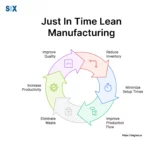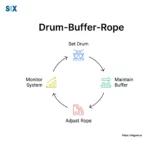Everything You Need to Know About Agile Planning. A Definitive Guide
Traditional project planning methods often drowning in extensive upfront mapping and inflexible frameworks flounder pacing innovation’s relentlessness. This is where agile planning glides in — a pliant, evolving alternative fueling operations adaptive capabilities. Core to the Agile way, it spotlights teamwork, constant refining, and buying focus above all else. Recognizing needs change en route, inspires […]


























